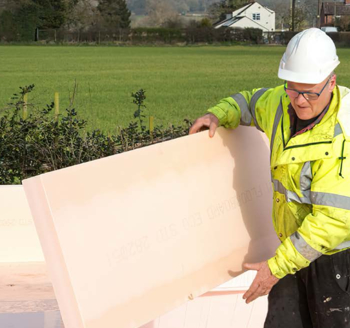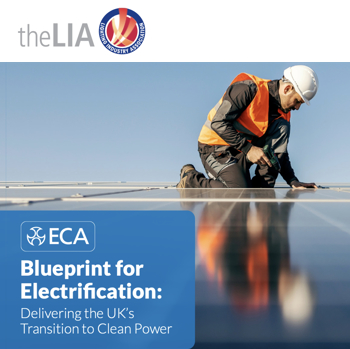Capital costs for construction projects
Capital costs are costs associated with one-off expenditure on the acquisition, construction or enhancement of significant fixed assets including land, buildings and equipment that will be of use or benefit for more than one financial year.
Whilst it is generally relatively straight forward to identify expenditure to acquire or construct fixed assets, distinguishing between enhancements and 'revenue account' expenditure (sometimes called revenue expenditure or operational costs) such as repairs, maintenance, or replacement can be difficult.
Very broadly, capital enhancements should either:
- Significantly lengthen the life of the asset.
- Significantly increase the value of the asset.
- Significantly increase usefulness of the asset.
It is important to distinguish between capital and revenue account costs as there are significant accounting and taxation issues which stem directly from how a particular item of expenditure is treated. On a personal level, it can affect whether a particular transaction is subject to capital gains tax as opposed to income tax. In a commercial environment similar issues arise, as well as the possible entitlement to capital allowances, and how such treatment affects profitability.
The capital cost of developments can include:
- Land or property acquisition.
- Commissions.
- Statutory fees.
- Consultant fees directly associated with the development.
- Materials, plant and equipment.
- Labour.
- Fixtures and fittings.
- Project insurance, inflation, taxation and financing.
- Internal costs directly associated with the development.
Operational costs incurred in day-to-day operations might include:
- Wages.
- Utilities.
- Maintenance and repairs.
- Rent.
- Sales.
- General and administrative expenses.
In a commercial setting, accounting practice permits certain items of expenditure, which may appear to be operational in nature, to be capitalised, and a company's profitability can be enhanced or degraded according to how some items of expenditure are treated.
In construction and property these are complex issues, with additional complexity arising where a project may involve a combination of new build and repair and refurbishment.
On a new development it is common practice to capitalise items, such as consultants fees, which, on the face of it, would appear to be short term in nature. This is permitted under accountancy rules as such fees are an integral part of the development budget and so they may be included in the total capital cost of a scheme. By treating such fees as an 'asset' and including their value on the balance sheet, a company is enhancing its profitability as these fees would otherwise have to be set against the income of the company in question.
Capital allowances are tax deductible amounts which relate to specific categories of expenditure, most typically plant and equipment, and fixtures and fittings. By definition not all capital expenditure qualifies for capital allowances for example, consultants fees or Stamp Duty Land Tax.
[edit] Related articles on Designing Buildings
- Accounting.
- Budget.
- Business administration.
- Business plan.
- Capex.
- Capital.
- Capital allowances.
- Commercial management.
- Construction loan.
- Construction organisations and strategy.
- Cost.
- Cost-benefit analysis in construction.
- Cost reporting.
- Cost vs price.
- Hard costs v soft costs.
- Cost plans.
- Life cycle assessment.
- Life Cycle Costing BG67 2016.
- Net Present Value.
- New Rules of Measurement.
- Opex.
- Outturn cost.
- Price.
- Stamp duty land tax.
- Sunk cost.
- Whole life costs.
Featured articles and news
The UK's Modern Industrial Strategy: A 10 year plan
Previous consultation criticism, current key elements and general support with some persisting reservations.
Building Safety Regulator reforms
New roles, new staff and a new fast track service pave the way for a single construction regulator.
Cooling centres and cool spaces
Managing extreme heat in cities by directing the public to places for heat stress relief and water sources.
Winter gardens: A brief history and warm variations
Extending the season with glass in different forms and terms.
Restoring Great Yarmouth's Winter Gardens
Transforming one of the least sustainable constructions imaginable.
Construction Skills Mission Board launch sector drive
Newly formed government and industry collaboration set strategy for recruiting an additional 100,000 construction workers a year.
New Architects Code comes into effect in September 2025
ARB Architects Code of Conduct and Practice available with ongoing consultation regarding guidance.
Welsh Skills Body (Medr) launches ambitious plan
The new skills body brings together funding and regulation of tertiary education and research for the devolved nation.
Paul Gandy FCIOB announced as next CIOB President
Former Tilbury Douglas CEO takes helm.
UK Infrastructure: A 10 Year Strategy. In brief with reactions
With the National Infrastructure and Service Transformation Authority (NISTA).
Ebenezer Howard: inventor of the garden city. Book review.
The Grenfell Tower fire, eight years on
A time to pause and reflect as Dubai tower block fire reported just before anniversary.
Airtightness Topic Guide BSRIA TG 27/2025
Explaining the basics of airtightness, what it is, why it's important, when it's required and how it's carried out.
Construction contract awards hit lowest point of 2025
Plummeting for second consecutive month, intensifying concerns for housing and infrastructure goals.
Understanding Mental Health in the Built Environment 2025
Examining the state of mental health in construction, shedding light on levels of stress, anxiety and depression.
The benefits of engaging with insulation manufacturers
When considering ground floor constructions.
Lighting Industry endorses Blueprint for Electrification
The Lighting Industry Association fully supports the ECA Blueprint as a timely, urgent call to action.























Comments